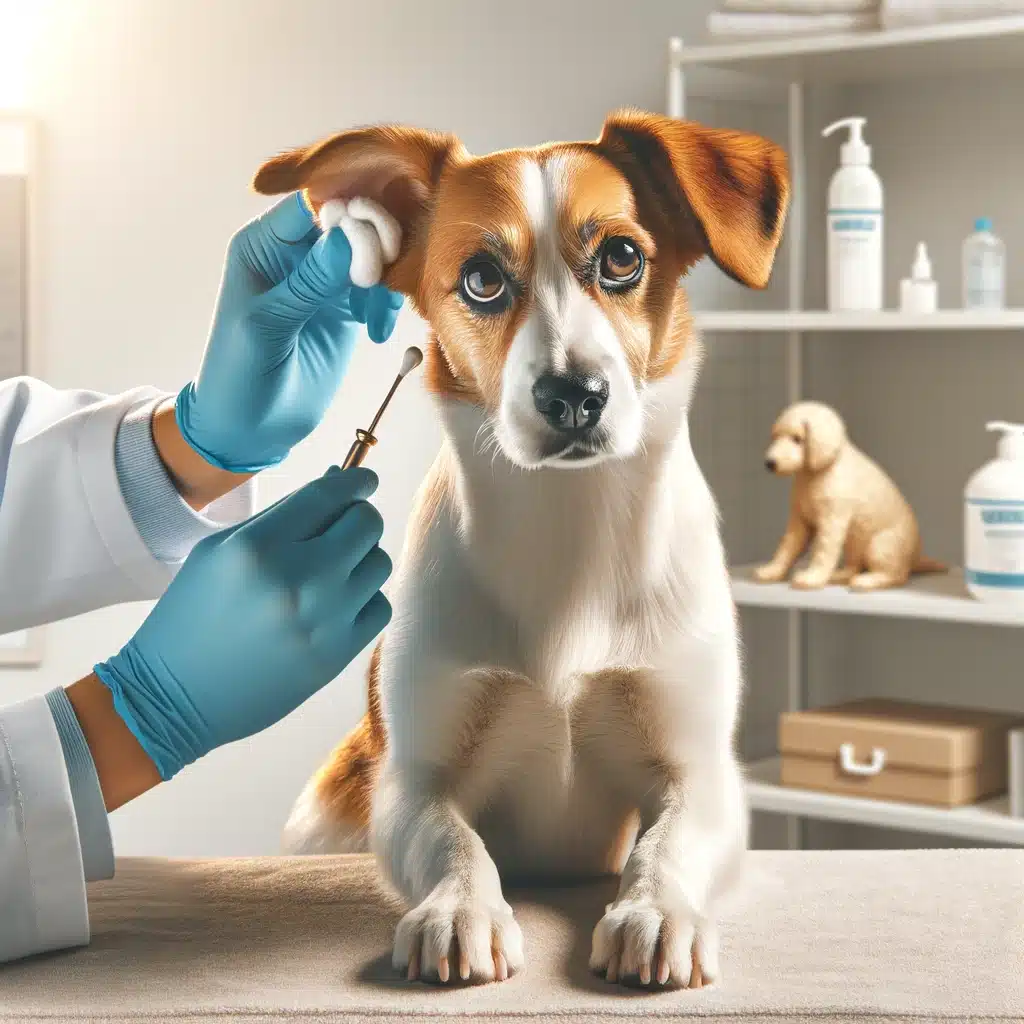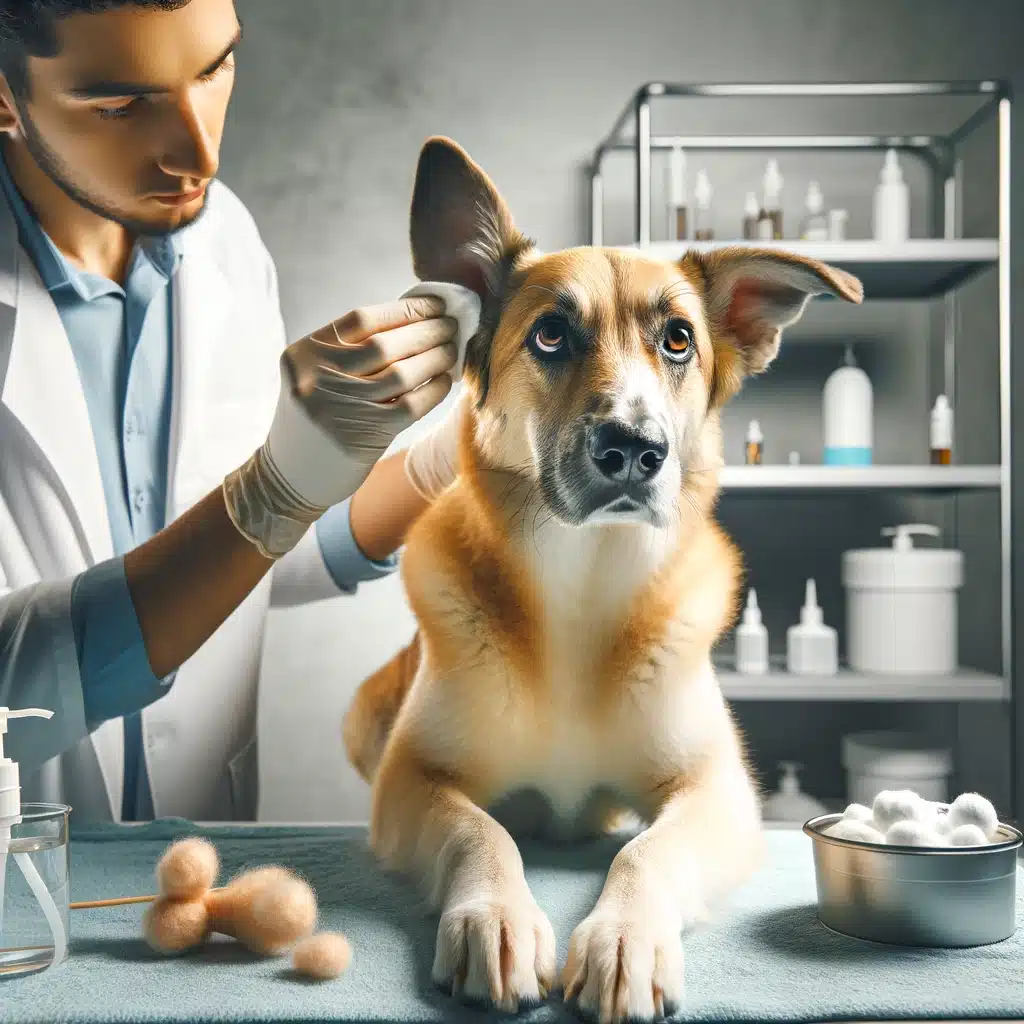
Maintaining the health of your dog’s ears is not just about grooming; it’s a vital aspect of their overall wellness. This extensive guide dives into the nuances of canine ear care, highlighting the importance of using gentle cleaning methods, selecting suitable products, and understanding the signs that necessitate professional veterinary care.
The Importance of Ear Health in Canine Wellness
Anatomy and Potential Risks
Dogs have a unique ear structure that makes them vulnerable to infections. Their L-shaped ear canals can easily trap moisture and debris, creating a breeding ground for bacteria and yeast. This risk underscores the need for regular ear examinations and cleanings to prevent infections and identify any issues promptly.
Essential Ear Cleaning Supplies
Effective ear cleaning begins with the correct tools. Soft, absorbent items like cotton ball gauze and clean, dry towels are crucial for safely removing wax and debris without irritating the ear. It’s important to avoid using cotton swabs or other objects that could harm the ear canal or push debris deeper.
Detailed Instructions for Cleaning Your Dog’s Ears
Preparing for Cleaning
A relaxed environment is essential for a stress-free cleaning session. Using positive reinforcement methods, such as treats and praise, can help your dog form positive associations with ear cleaning.
Cleaning Process
A thorough yet gentle approach is key to effective ear cleaning:
- Begin by gently wiping the outer ear with a damp cotton ball to remove any visible dirt or wax.
- Apply a veterinarian-approved ear-cleaning solution to the inner ear, being careful to avoid the ear canal.
- Massage the base of the ear to loosen debris.
- Use a cotton ball to softly remove loosened debris and excess solution.
Post-Cleaning Rewards
Offering your dog a treat after cleaning not only rewards them but also helps build a positive connection with the cleaning process.

When to Consult a Professional
Recognizing when to seek professional advice is crucial. Symptoms such as unpleasant odors, excessive scratching, or redness should prompt a visit to the vet. Professionals can provide customized cleaning solutions and treatments.
Extended FAQs for Dog Owners
Cleaning Frequency
The ideal frequency for ear cleanings varies based on the dog’s breed, lifestyle, and ear health. While some dogs may only need monthly cleanings, others, especially those with floppy ears or prone to infections, may require more frequent care.
Human Products vs. Canine Solutions
It’s essential to use products formulated for dogs, as human ear solutions can upset the pH balance of a dog’s ear, potentially causing irritation or infection.
Overcoming Resistance to Ear Cleaning
Building your dog’s tolerance to ear cleaning takes patience and encouragement. Treats and gentle praise can aid in this process. For persistently uncooperative dogs, seeking help from a professional groomer or vet is advisable.
This guide offers a comprehensive look at how to maintain your dog’s ear health, emphasizing the importance of routine care, gentle cleaning, and appropriate product use. Recognizing signs that warrant professional help is also vital. For more detailed advice and personalized recommendations, consulting with a veterinarian is recommended. Resources such as the American Kennel Club and Purina provide additional valuable insights into ear care best practices.





